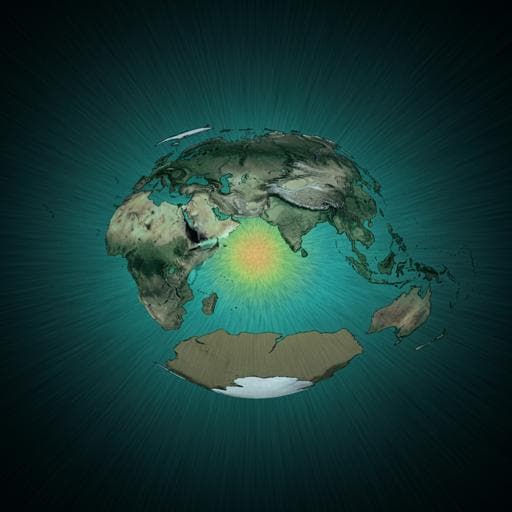
Earth Sciences
An emerging Asian aerosol dipole pattern reshapes the Asian summer monsoon and exacerbates northern hemisphere warming
B. Xiang, S. Xie, et al.
Explore the intriguing dynamics of the Asian aerosol dipole pattern, as recent research reveals its significant climate impacts. Conducted by Baoqiang Xiang, Shang-Ping Xie, Sarah M. Kang, and Ryan J. Kramer, this study uncovers how aerosol changes in South and East Asia influence summer precipitation and northern hemisphere warming, with vital implications for our understanding of global climate.
~3 min • Beginner • English
Related Publications
Explore these studies to deepen your understanding of the subject.







